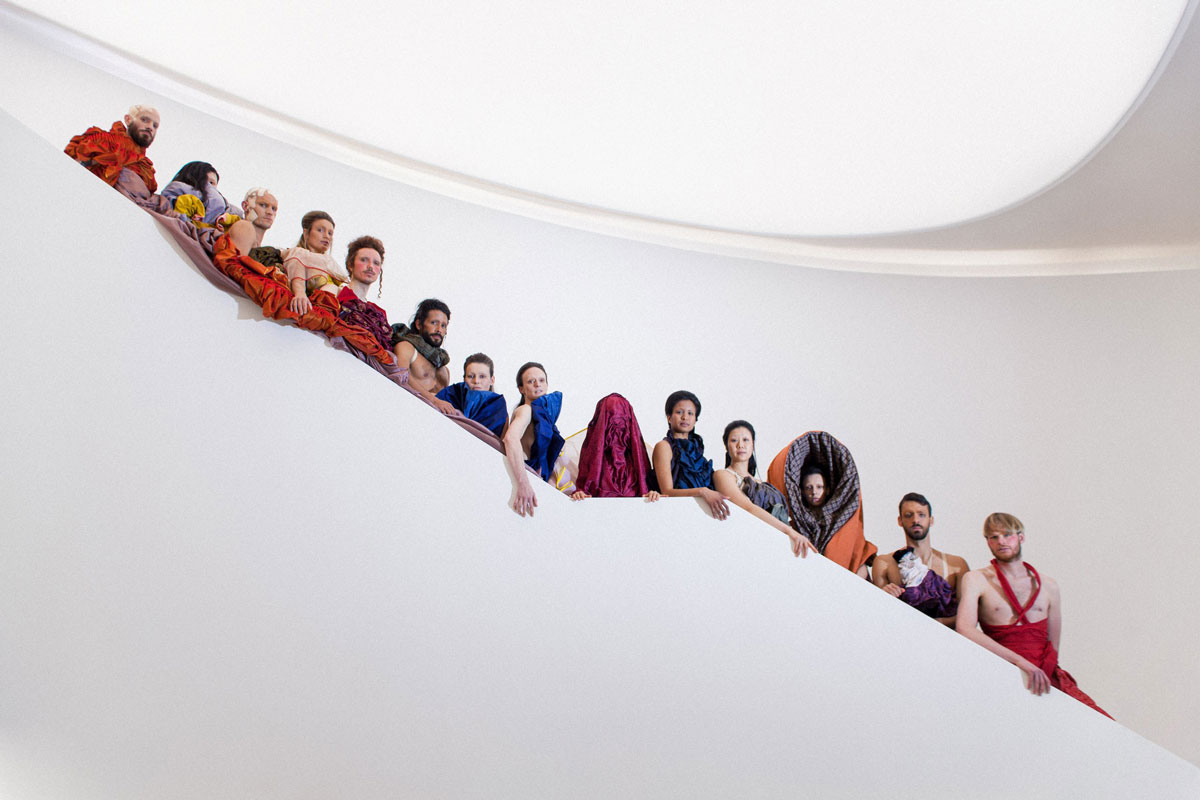WONDROUS DREAMS ARE EMBRACING MY SENSES
Mar 15, 2023 in Creating

In a letter of June 1849 to Franz Liszt, one of his few influential allies at the time, Wagner wrote “I must make people afraid of me. Well, I have no money, but what I do have is an enormous desire to commit acts of artistic terrorism”.
Wagner had been an enthusiast for the revolutions of 1848 and had been an active participant in the Dresden Revolution of 1849, as a consequence of which he was forced to live for many years in exile from Germany. “Art and Revolution” (Das Kunstwerk der Zukunft) is one of a group of polemical articles he published in his exile, which helped characterise Wagner as an impractical and/or eccentric radical idealist at the time.
During that same period of change and turmoil, unfolded the circumstances under which Richard Wagner composed his Wesendonck Lieder (WWV 91, Fünf Gedichte für eine Frauenstimme). In May of 1849 the fall of the provisional government that led the Dresden rebellion put an end to Wagner’s revolutionary activities. He was forced to flee, first to Weimar, then, with the help of Liszt, to Zurich, Switzerland, where he sought the support of friends. The songs are settings of poems by Mathilde Wesendonck, the wife of one of Richard Wagner’s patrons. Wagner had become acquainted with Otto Wesendonck in Zürich, where he had fled on his escape from Saxony after the May Uprising in Dresden in 1849.
Otto Wesendonck allowed Wagner and his wife Minna to move into a cottage on the grounds for a nominal fee.The close proximity to Mathilde induced him to read to her each evening his work in progress. This intense inter-action with the poet-composer inspired Mathilde to compose five passionate poems of her own, which Wagner set for voice and piano. Mathilde later wrote in her memoirs that he took each of her poems upon their completion and gave to them a “supreme transfiguration and consecration” with his music. No name was given for the author of the texts at the first publication, it was not publicly revealed until after Mathilde’s death in 1902.
Wagner wrote “Art and Revolution” over two weeks in Paris and sent it to a French political journal, the National; they refused it, but it was published in Leipzig in 1849.
“Modern changes in society have resulted in the catastrophe that art has sold her soul and body to a far worse mistress – Commerce […] There are even many of our most popular artists who do not in the least conceal the fact, that they have no other ambition than to satisfy this shallow audience. They are wise in their generation; for when the prince leaves a heavy dinner, the banker a fatiguing financial operation, the working man a weary day of toil, and go to the theatre: they ask for rest, distraction, and amusement, and are in no mood for renewed effort and fresh expenditure of force. This argument is so convincing, that we can only reply by saying: it would be more decorous to employ for this purpose any other thing in the wide world, but not the body and soul of Art.”